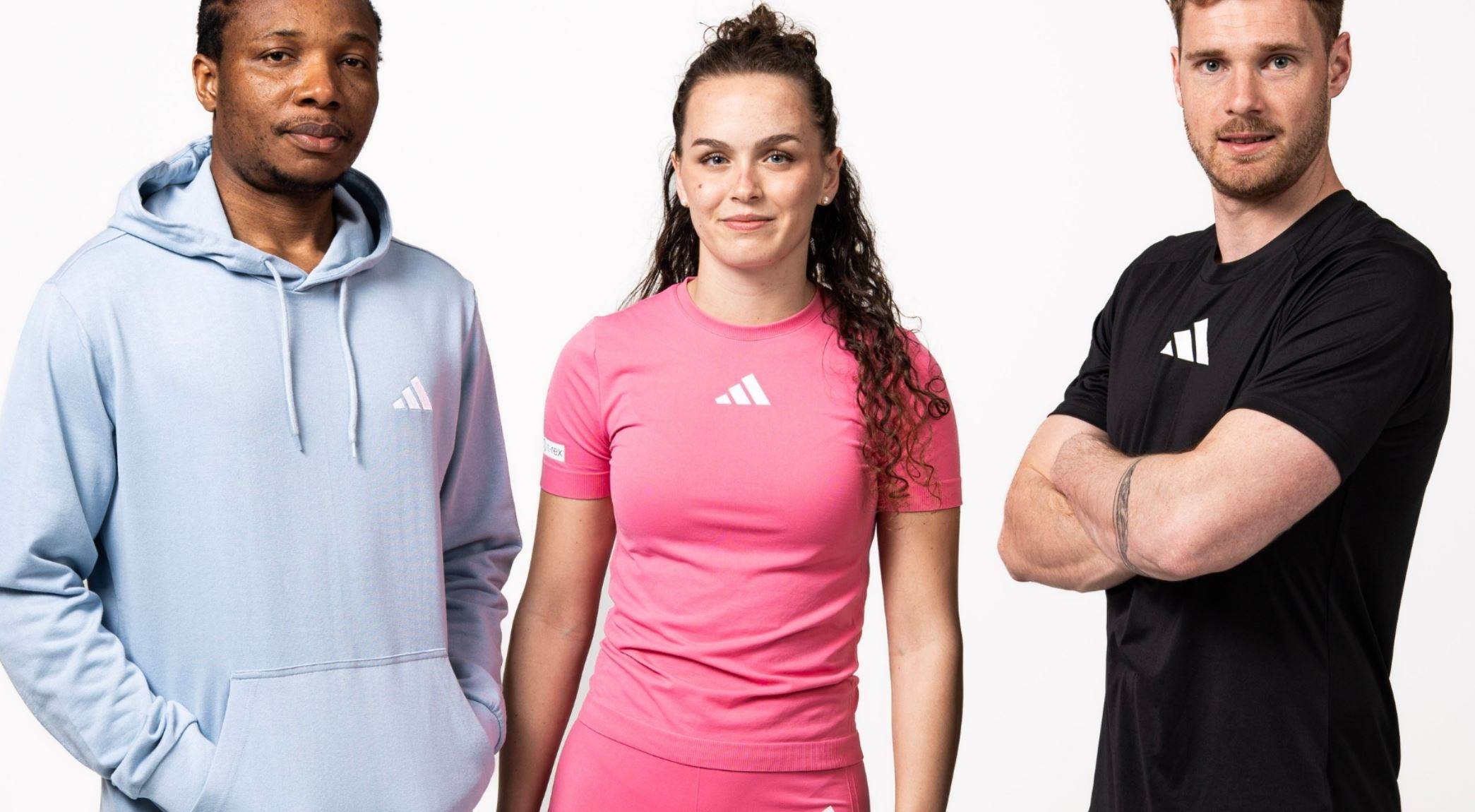Partners unveil textile-to-textile project results

The EU-funded T-REX (Textile Recycling Excellence) Project has presented a blueprint for scaling textile-to-textile recycling, showcasing products produced through recycling polyester, polyamide 6 and cellulosic materials within Europe.
More than 6.95 million tonnes of textile waste are generated annually in the European Union, according to the European Environmental Agency. Most of this waste is landfilled or incinerated, with only a small fraction being reused or recycled.
During the three-year project, the 13 partners - including adidas, Fashion for Good and Fulgar - assessed the technical feasibility, economic viability and environmental impact of the recycling value chain.
While the partners say market potential for textile-to-textile recycling in Europe is clear, realising a viable business case remains challenging due to limited access to quality feedstock, and a lack of infrastructure at scale.
There is insufficient post-consumer material suitable for recycling available, due to low collection rates in most EU member states and lack of incentive for sorters to provide feedstock quality needed for recycling. What exists often lacks the specifications needed for most current recycling technologies.
Current inefficiencies in sorting and pre-processing result in high material losses, driving up overall costs. High energy and labour rates add to the costs in Europe.
The partners said: “Scaling textile-to-textile recycling in Europe requires coordinated financial, regulatory, and industrial efforts to stimulate demand, reduce costs and mobilise the necessary capital and should complement broader circular strategies including reuse, repair and smarter design to unlock a circular approach to textile waste management.
“Despite the challenges, the projected rise of post-consumer textile waste to 7.3 million tonnes by 2030 makes it crucial to explore recycling as an alternative to landfill, incineration or export. While recycling can help manage the growing volume of non-reusable textiles, it must be integrated into a broader strategy that also prioritises reuse, repair, and demand management.”
Aalto Uniersity, Arapaha, CuRe Technology, Friedrich-Alexander-University Erlangen-Nuremberg, Infinited Fiber Company, Quantis, Veolia Group and Linz Textil also took part in the project.
The full blueprint for textile-to-textile recycling in Europe is available at the T-REX website.
Read Sportstextiles in-depth feature on fibre-to-fibre recycling.
Image: Adidas






